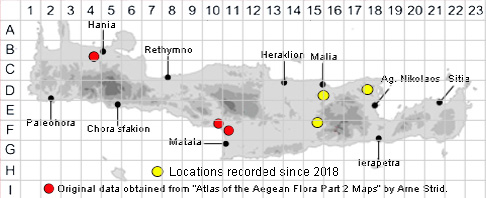

SPECIES DESCRIPTION
PERSICARIA LAPATHIFOLIUM subsp. LAPATHIFOLIUM
Family and Genus:- See- POLYGONACEAE/Sect. PERSICARIA.
Common Names:- Pale persicaria
Homotypic Synonyms:- Polygonum lapathifolium
Meaning:- Persicaria (Gr) Peach-like, reference to the leaves.
Lapathifolium (L) With sorrel-like leaves.
General description:- Annual, usually branched from the base.
Stems:-
1) 20-60(100) cm, procumbent or erect, simple or branched, sometimes spotted
with red. sometimes swollen at the nodes.
Ochreae:-
1) Entire or very shortly ciliate.
Leaves:-
1) Ovate to linear-lanceolate, acute or obtuse, sometimes with a large, blackish
spot, glabrous or densely tomentose beneath, with pellucid often yellow glands
visible from the lower surface.
Flowers:-
1) Spikes, stout and usually dense.
2) Peduncles, and sometimes also the pedicels and perianth, bearing yellow,
subsessile glands.
3) Perianth, dull pink or greenish-white.
Fruit:-
1) Nut, 2-3 mm, brownish-black, glossy, usually lenticular.
Key features:-
1) Ochreae and petioles, glabrous or sparsely hairy.
2) Spikes, dense and stout, with the flowers crowded and overlapping.
3) Peduncles, bearing numerous subsessile, yellow glands.
4) Perianth, dull pink or greenish-white.
Habitat:- Cultivated ground, waste places, river-gravels and beside lakes and
ponds. 0-1100(-1400) m.
Distribution:- Throughout the Greek mainland and Peloponnisos. Limited
distribution across the Aegean area. Now almost a cosmopolitan weed in
temperate and subtropical regions. Remains rare on Crete and currently known
from only a few locations. Recently 01/09/18 discovered for the first time in the east
of Crete.
Flowering time:- May-Oct
Photos by:- Steve Lenton